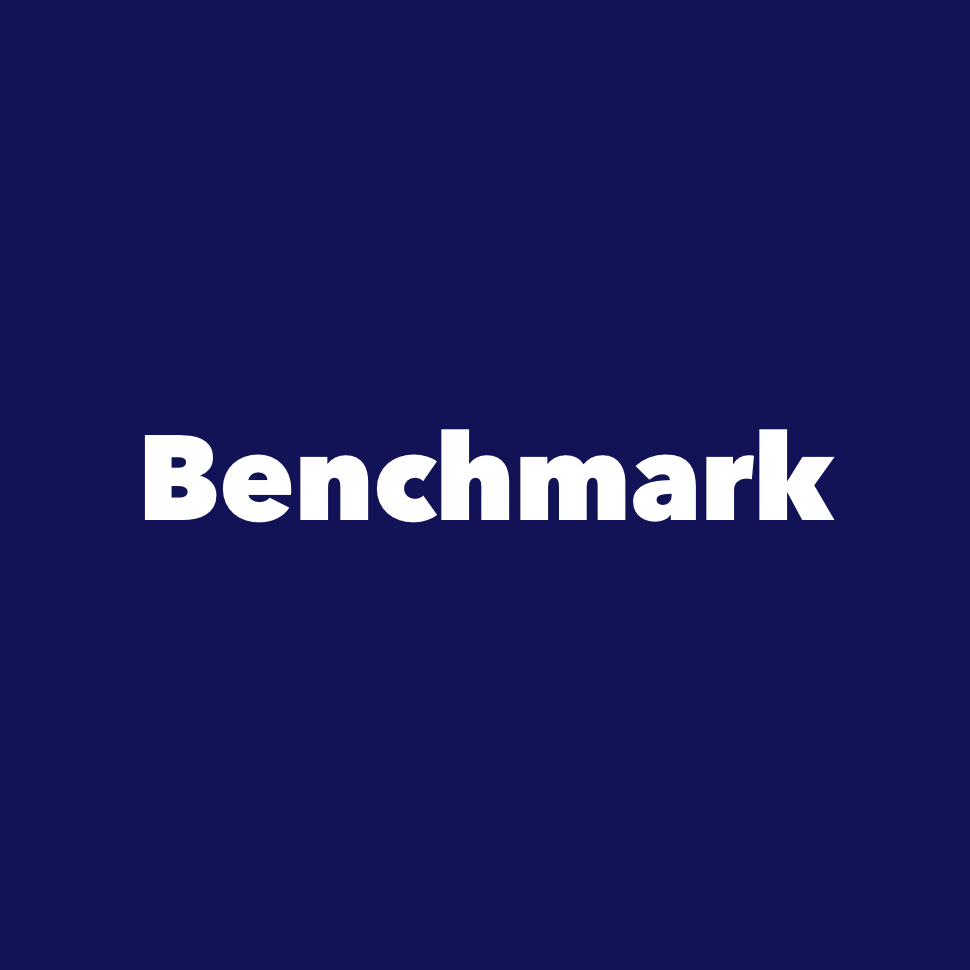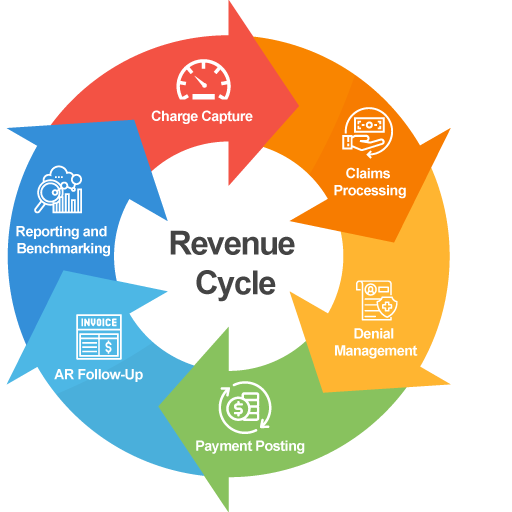Why RCM Benchmarking Is Now Essential for Growth in 2025
Introduction The healthcare revenue landscape is evolving quickly, and RCM benchmarking 2025 has become a vital tool for sustainable growth. With increasing labor costs and tighter compliance rules, benchmarking enables practices to monitor cash flow, reduce manual workload, and boost patient satisfaction. According to ADSC, data-driven revenue cycle management (RCM) metrics now play a central role in improving financial outcomes and reducing errors in medical billing and accounts receivable management. 1. The Evolution of RCM Benchmarking 2025 The latest RCM benchmarking 2025 models go far beyond tracking denial rate or accounts receivable days. Modern RCM software powered by real-time analytics allows healthcare organizations to measure point of service collection, monitor pre-authorization, and automate data entry tasks. Reports from AI Journal suggest that AI-driven processing automation reduces delays and helps create a more transparent revenue cycle. By comparing revenue cycle management KPIs across the industry, organizations can identify process gaps early and act before they impact cash flow. 2. Automation and AI Are Changing the Game Automation and robotic process automation (RPA) have redefined RCM benchmarking 2025. Systems now handle everything from clean claim creation to denied claims tracking, allowing providers to focus on care delivery. Insights from Medify Health show that processing automated workflows significantly reduce manual workload while maintaining compliance accuracy. Similarly, platforms like HealthRecon Connect demonstrate that real-time denial rate monitoring shortens reimbursement cycles and accelerates financial outcomes for providers. 3. Real-Time Denial Management for Better Results With RCM benchmarking 2025, billing teams can use real-time analytics to detect and prevent denied claims. By studying patterns, teams can refine pre-authorization checks and point of service collection practices to ensure smoother payments. As Breakthrough3X notes, improving denial workflows through benchmarking helps organizations recover lost revenue and strengthen cash flow predictability. 4. Improving Clean Claims and Point of Service Collection In 2025, clean claim rates are one of the top indicators in RCM benchmarking. High-performing practices use rcm software that verifies pre-authorization and eligibility in advance. According to HFMA, this approach not only reduces rework and labor costs, but also increases patient satisfaction by minimizing billing delays. 5. Benchmarking the Right KPIs for Success Effective RCM benchmarking 2025 requires tracking multiple metrics, from denial rate to accounts receivable and cash flow trends. As Glenwood Systems emphasizes, practices that measure both financial and operational KPIs consistently outperform those that don’t. Benchmarking data also helps forecast healthcare revenue performance and align medical billing goals with organizational strategy. 6. How Robotic Process Automation Improves RCM The integration of robotic process automation (RPA) in RCM software is driving major efficiency gains. According to Amplyfi, automation minimizes human error in data entry, ensures compliance, and enhances financial outcomes through real-time data validation. This shift toward processing automated systems allows billing teams to focus on strategy and performance improvement rather than repetitive administrative work. 7. The Future of RCM Benchmarking 2025 Looking ahead, RCM benchmarking 2025 will increasingly rely on predictive analytics and advanced dashboards. As AI Journal and Aptarro report, the next generation of revenue cycle management tools will enable organizations to take corrective action proactively, reducing denied claims before they occur. Healthcare leaders who embrace automation, transparency, and benchmarking today will gain long-term advantages in cash flow, financial outcomes, and patient satisfaction. Explore More Resources






